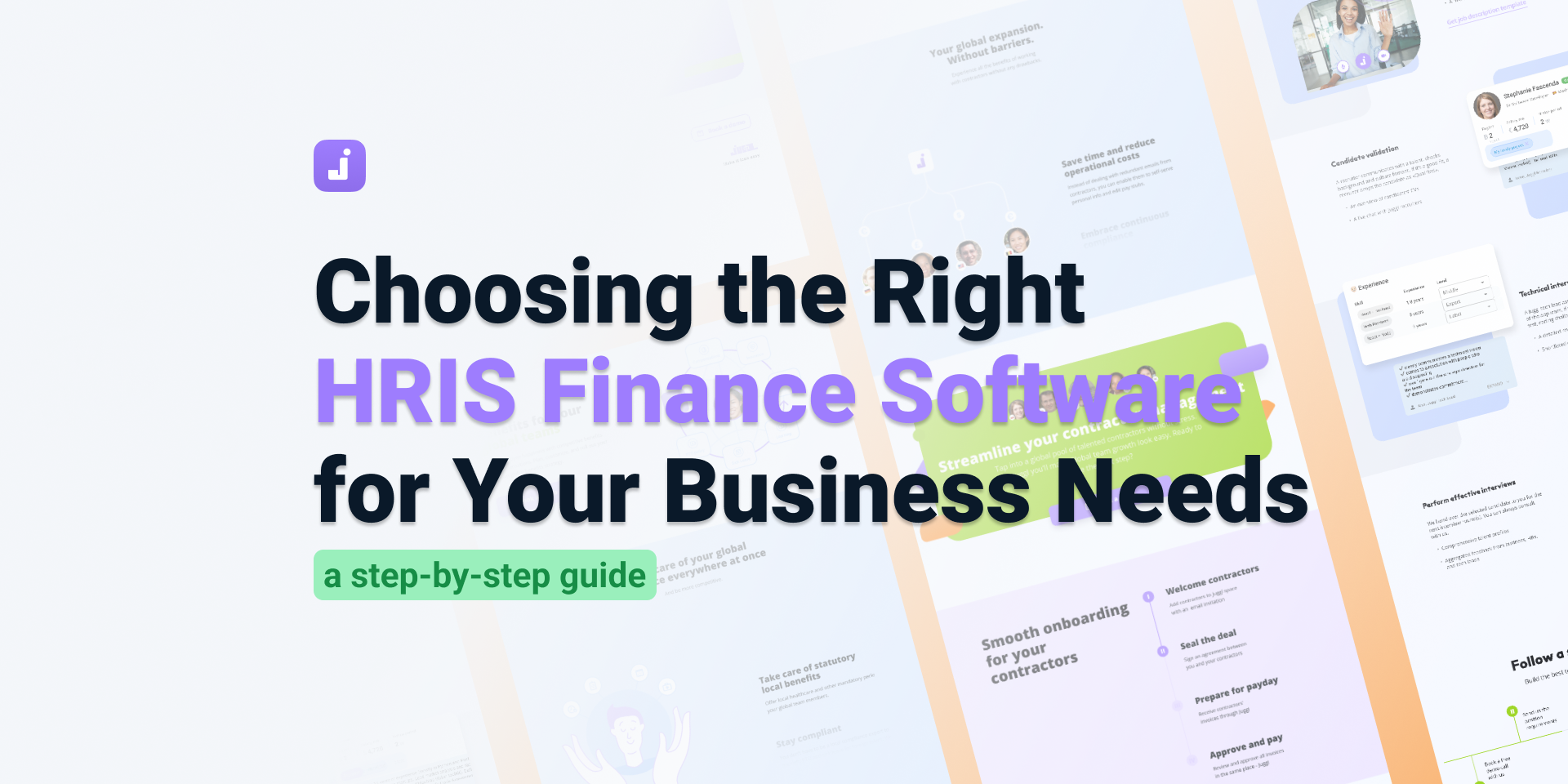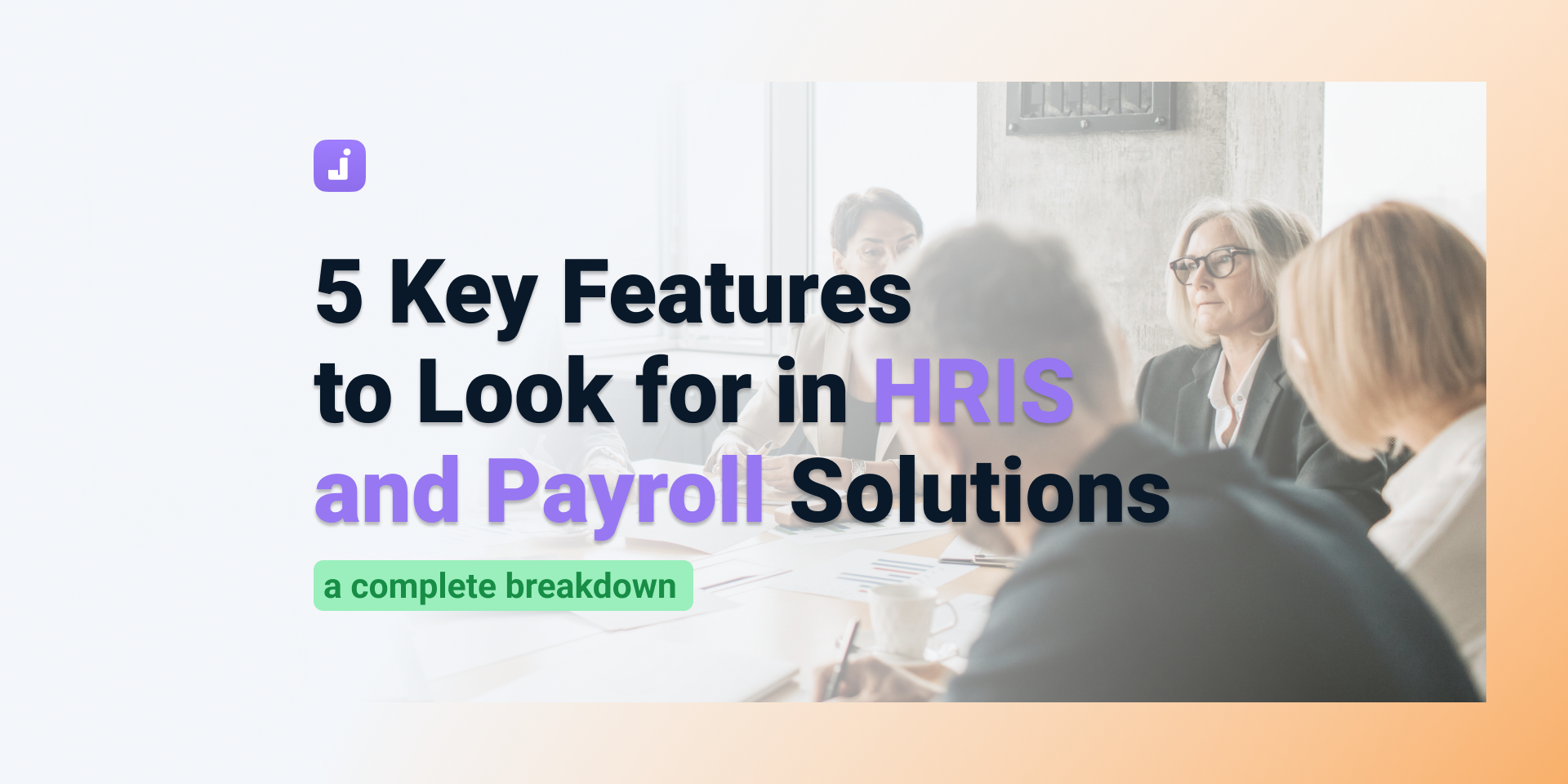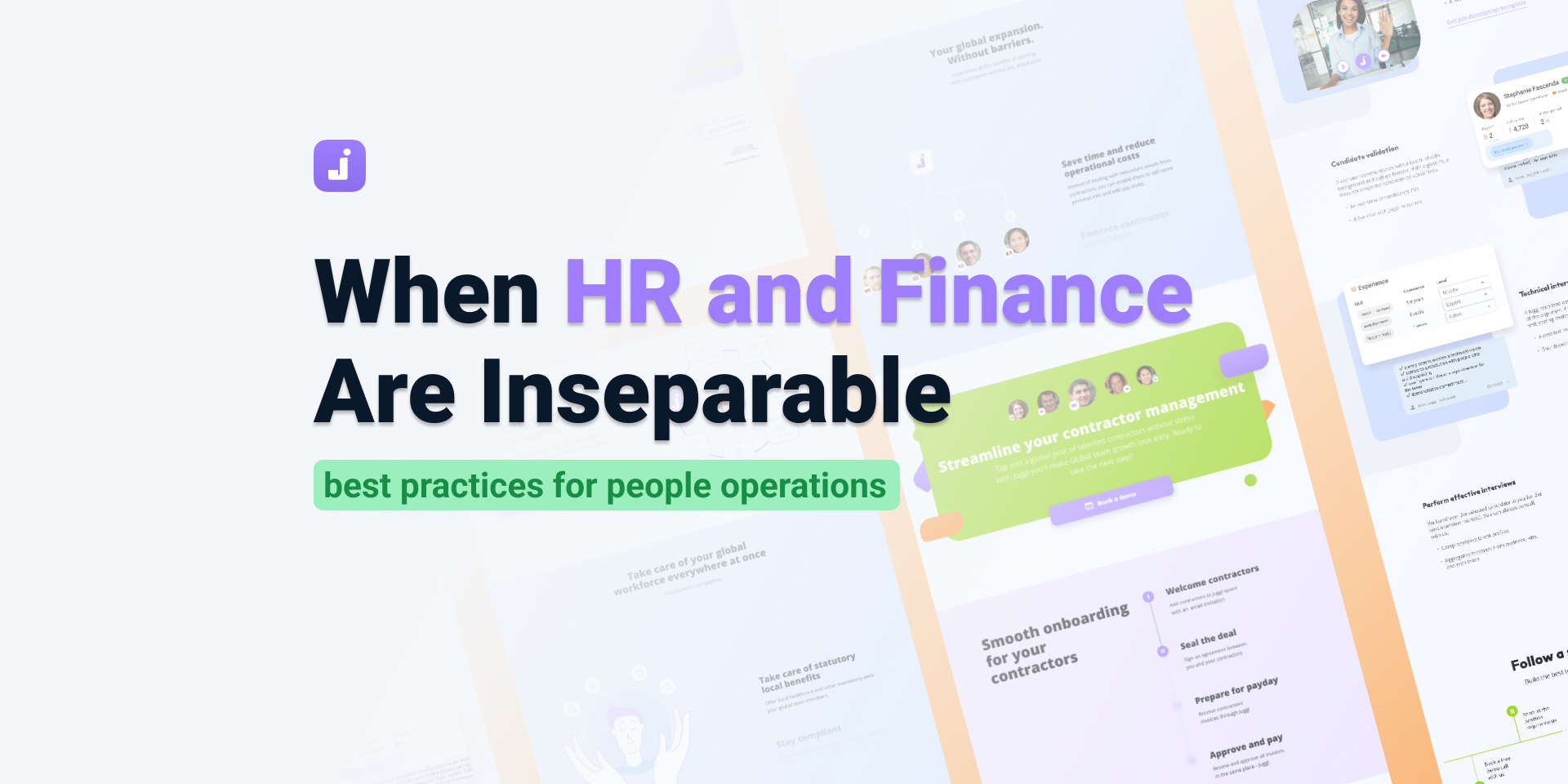Payroll analytics: How to get the most value from payroll data
Payroll analytics has become a top priority for managers and payroll professionals alike. However, even though its value is recognized, many companies still do not use payroll analytics to their full advantage.
Quite often, companies only partially track payroll data. Deloitte’s 2024 Global Workforce Management Survey shows that almost half of the respondents do not have workforce management data incorporated into their analytics landscape (48%) or track KPIs around timekeeping and scheduling (50%).
What does it mean for their businesses? That means missed opportunities, inefficiencies, and exposure to unnecessary risk.
On the one hand, businesses may lack the necessary tools to pursue a holistic approach to analyzing payroll data. On the other hand, they may be simply unaware of the hidden costs of payroll inefficiencies.
With our guide to payroll data analysis, we will show the different ways of using the full potential of your payroll data and how it helps businesses make better decisions.
Let’s explore how to better interpret and use payroll data to make smarter business decisions.

What is payroll analytics?
Payroll analytics is the process of collecting, organizing, and analyzing payroll data to uncover insights into your workforce, operational efficiency, and financial health. Going beyond just calculating paychecks and taxes, analytics helps answer business questions, for example:
- Are we paying employees competitively?
- Are we compliant across all regions?
- Is our payroll cost-effective and scalable?
- Where can we reduce errors or minimize compliance risks?
In short, payroll analytics is about going from sheer data entry to data strategy. This should be the top task for companies’ payroll analysts.

What payroll metrics make part of payroll data
Payroll data covers more than just salaries. Here are the key payroll data components that companies prefer to track:
- Hours worked
- Overtime
- Salary payments
- Employee benefits and bonuses
- Tax deductions
- Payroll advances
- Sick leaves
- Vacations and other PTO
- Information on new hires and fired employees
- Contingent workforce payments
Each of these data points holds valuable insights when properly analyzed. Keep in mind that companies must keep payroll records for a set period of time. Consistent record-keeping helps companies pass IRS audits and also get valuable insights from their own data. And this is where payroll analysts can do their best.
How to analyze payroll data for meaningful insights
Without clear KPIs, navigating towards business targets becomes a challenge. Payroll metrics serve as the blueprint for growth. Payroll data can tell you a whale of a story – provided that you can analyze them.
Below are some use cases and metrics that help interpret payroll meaningfully:
- Payroll execution time: Measure how long the payroll process takes from start to finish.
- Cost per employee: This number is a clear indicator of your workforce investment.
- Tracking accuracy rates: Monitor how often payroll runs without errors or corrections.
- Overtime analysis: How much is overtime adding to total hours and costs?
- Employee turnover rates: See how hiring and termination patterns affect costs and planning.
- Payroll costs vs revenue: Understand what percentage of your revenue is going to payroll.
- Off-cycle payments: Frequent corrections can signal that the system or process requires fine-tuning.
- Tax penalties per entity: Identify where compliance risks are costing you.
- Detecting payroll fraud: Look for red flags like duplicate bank accounts, ghost employees, or inconsistent tax filings.
Analyzing payroll data is paramount – it can help companies use their information with the maximum benefit for business.
How Juggl helps analyze payroll data
At Juggl, we help businesses transform scattered payroll data into real-time, actionable insights. With easy integrations, reporting, and smart alerts, our platform helps you:
- Identify cost-saving opportunities
- Improve payroll accuracy and cut processing time
- Monitor compliance risks
- Track trends across entities, teams, and timeframes.
The financial reports in Juggl can help payroll analysts do what they are best at – interpret data quickly and hassle-free.

The payroll reports present comprehensive financial information where you can analyze total spending per pay period with a breakdown
- Per each employee
- Per project
- Per legal entity.
The payroll data provides a glimpse into overtime patterns per employee. You can compare how much your contingent workforce costs you as compared to full-time employees. Or analyze the history of previous payouts to make better budget allocation decisions.
Examples of analyzing payroll for a better understanding of workforce needs
Let’s bring this to life with a few real-world examples of how Juggl helps analyze your payroll data:
Health workers are always in high demand, and more often than not, doctors are working overtime and under pressure. Monitoring overtime and shift planning helps prevent burnout. Team managers can spot professionals who need incentives – when it’s high time they need a break.
- Optimizing retail business
In retail, tracking peak-hour staffing is critical. Patterns in buyer peak time and low seasons help optimize shift planning. Sellers can see where they need to hire more staff to handle high volumes. Besides, they do not pay excess for overstaffing during low season, which optimizes actual labor costs.
The manufacturing industry has highly complex metrics to track – loaned equipment, numerous venues, and a contingent workforce with high volatility. For this, tracking hours and payouts to contract workers is key. Payroll data can help analyze cost per shift vs output to refine staffing and bonus structures.
- Managing remote teams
Managing remote teams requires more flexible approaches and specific incentives. Payroll analytics help understand how time zones or benefits usage vary globally. Altogether, it impacts the total workforce cost. Remote teams often lack cohesion, and seeing absenteeism patterns helps identify people who are more likely to quit.
In this example with Juggl’s client, team managers compared overtime patterns. They noticed that some employees took more work on holidays and this way earned more while working less. The company reviewed the terms and fine-tuned its overtime policies to prevent employee burnout and ensure fair pay.
Strategies for enhanced payroll analytics
The primary task for payroll analysts is to verify and process payroll transactions. They ensure compliance with labor laws and tax regulations and deliver accurate payroll information to employees and management.
However, with an abundance of financial data accumulated all the time, payroll analysts may lack a broader picture. Just like the senior leadership may lack transparency and miss the value of taking this or that action. Which is why, to get more from your payroll data, try these strategic steps:
1. Consult with senior management
Ask yourself: how often do you analyze payroll – and what should you do with it? Take it as a routine practice – once a month or once a quarter, depending on your tasks and volumes. Talk with key executives across the board, from payroll and HR to CEOs and business innovators. Try to uncover the metrics that matter most for current and future objectives.
2. Benchmarking for success
Benchmarking against internal and industry standards can significantly improve your payroll operations. This involves:
- Internal benchmarking by comparing payroll metrics over time, enhancing your approach to global payroll management.
- Industry benchmarking by using resources for a broader comparison like the APA GPMI and Deloitte's Global Benchmarking survey (which transformed into the Global Workforce Management Survey in 2024 that we already mentioned above).
3. Prevent operational glitches
Months of unnoticed inefficiencies can lead to ongoing payroll errors, affecting morale and financial health. Late payments, underpayments, lost invoices, and reconciliation do nothing but undermine trust. Proactive research of payroll data can avert such scenarios. Questions such as “What led to this outcome?” or “How can we anticipate and mitigate potential errors?” are crucial.
4. Ensure transparency for all stakeholders
Making payroll data accessible to all stakeholders, relevant to their roles, creates a positive work environment. Employees know what they are paid for, and company leads have a full overview of expenses and budget flows. The self-service portal in Juggl eliminates 90% of questions about wages, bonuses, paid time, and other benefits. It not only saves time for payroll managers but also increases transparency and trust in teams.

Challenges for robust payroll oversight
Talking to dozens of CFOs in different companies, we’ve noticed similar issues. The top challenge is that 62% of surveyed companies still use spreadsheets to manage their HR and financial activities.
Financial managers are aware that the lack of automation is equal to lost opportunities. They look for automated solutions that would be future-proof and reliable. That means the payroll analytics solutions should be:
- Scalable to embrace new opportunities for growth. The solution should envisage possibilities for adding more users or more entities regardless of borders.
- Having vast integration capabilities. Payroll analytics does much more within a broader HRIS and payroll system. In such a system, all components work seamlessly with other company data on employees, costs, and resource planning.
- Consistency of payroll data. While integrating within various workflows and tech stacks, payroll data should be easily accessible and consistent. This will prevent the risks of losses or data changes that would cause mistakes in analytics.
Juggl tackles these challenges altogether by offering simple yet reliable solutions. You can deploy it together with integrated workforce management solutions. For example, BambooHR offers vast databases and analytics to optimize workforce load and wage management.
If you want a custom-tailored workforce solution, Juggl can handle it as well. For example, you can set up such an integrated solution to monitor a call center team’s productivity or track your manufacturing contractors’ team. The simple logic in the payroll data system allows you to perfectly integrate it with any tool according to unique requirements.
Business benefits from effective payroll analytics
Leveraging comprehensive payroll analytics becomes a real game-changer for businesses:
- Timely analysis reduces payroll errors and cuts processing costs.
Payroll mistakes might seem minor on the surface but they add up fast. Even a small slip in calculations or timing may become a significant financial leak in the future.
By digging into your payroll data regularly, you can spot anomalies early and correct inaccuracies before they escalate. Whether it’s a tax error or miscalculated overtime, payroll analytics puts you back in control.
- Consistent record-keeping helps companies stay compliant.
Regulatory compliance is non-negotiable yet keeping up with all the moving parts isn’t easy. Payroll analytics helps you simplify and strengthen your compliance efforts by giving you the full picture.
Structured payroll data makes it easier to maintain the mandatory records that regulators expect to see during audits. Besides, it helps payroll analysts verify legal alignment. For instance, you can quickly check if your overtime practices, pay rates, and deductions meet local labor laws.
- Transparent payroll improves operational efficiency and team spirit.
Payroll analytics isn’t just for finance teams – it’s a secret weapon for HRs. With access to real-time data, your team can evaluate how competitive your salaries are. You can track performance vs compensation trends, uncover pay gaps, and refine your pay strategy to reflect the needs of your best people.
Turnover metrics compared with pay data can also help uncover if compensation plays a role in why people leave. Companies can adjust all those metrics to keep a workforce engaged.
- Payroll insights drive smarter decision-making across the board.
Understanding your total payroll costs gives you a sharper lens for planning. Leaders can forecast, budget, and strategize with much more precision. Payroll data should be treated as a strategic asset, not just a monthly task.
With simplified payroll reporting and consistent, trustworthy data, reporting becomes straightforward and less error-prone.
Payroll insights help refine your compensation strategy and guide you through smarter hiring decisions. They also play a key role in major business moves, such as expanding into new markets or planning mergers.
Bottomline
Payroll analytics isn’t just a nice-to-have – it’s a critical function that affects people, processes, and decisions. With the right tools and mindset, businesses can move beyond basic payroll tasks and start unlocking real strategic value from their data.
Juggl is here to make that journey smoother, smarter, and more impactful. Book a personalized demo to discuss your needs.











